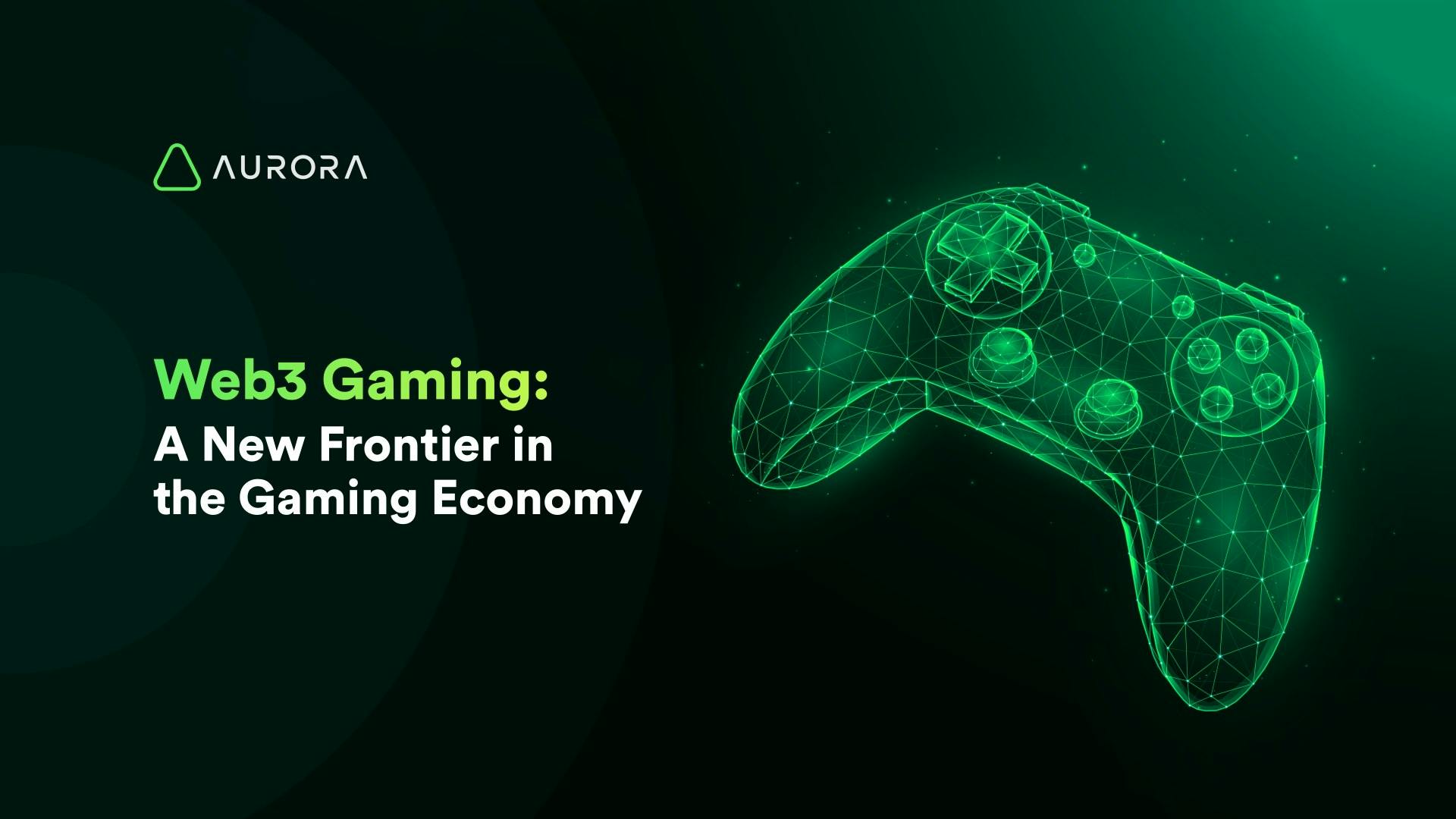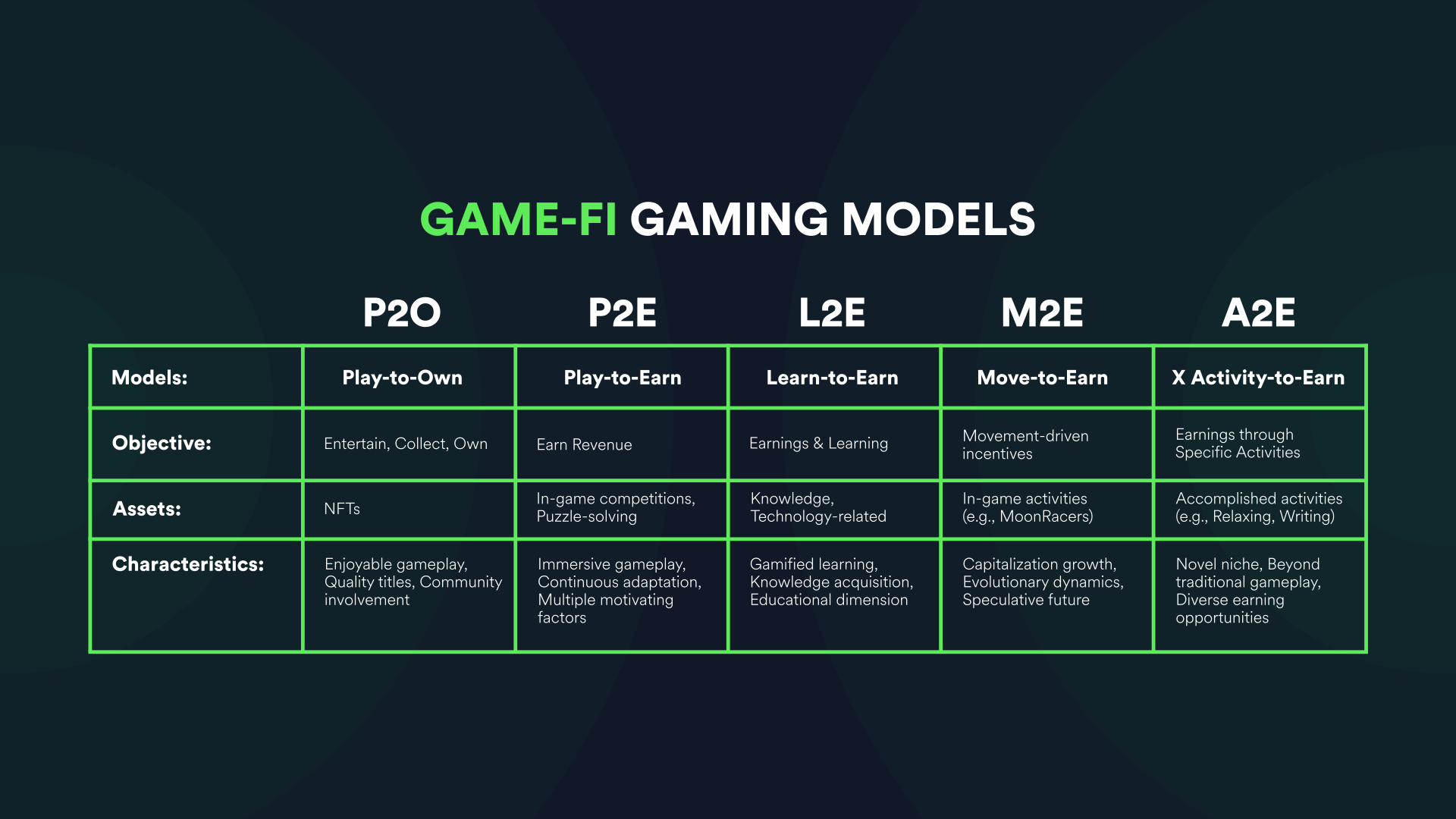Web3 Gaming: A New Frontier in the Gaming Economy
Bridging Virtual Assets and Real-World Value

The gaming industry is undergoing a transformation, driven by the advent of Web3 technologies. This shift is not just redefining gaming as we know it but is also forging a new ecosystem where virtual assets carry tangible, real-world value. Decentralized networks offer players unprecedented ownership and control over in-game assets, opening up opportunities for secondary marketplaces and also, new gaming experiences based on pay to earn models.
The Rise of Web3 Gaming
The roots of Web3 gaming are deeply embedded in the proliferation of blockchain technology and cryptocurrencies. Distinct from traditional online games, where all progress and assets are under the strict control of central authorities like game developers, Web3 games thrive on decentralized networks. This paradigm shift allows players to own, exchange, and trade their in-game assets as digital tokens on a blockchain, commonly in the form of non-fungible tokens (NFTs). This advancement not only bolsters transaction security and transparency but also vests true ownership of in-game items in the players.
One of the most groundbreaking features of Web3 gaming is the empowerment of players through true ownership of their assets. Traditional gaming scenarios often see players investing significant amounts of time and money acquiring in-game assets, without truly owning them. Such assets could be rendered worthless if the game servers were to shut down or if a player's account were banned. Web3 gaming disrupts this model by enabling players to retain their assets in personal blockchain wallets, ensuring their investments are safeguarded and truly theirs, irrespective of the game's fate.
The Economic Phenomenon of Play-to-Earn
At the heart of Web3 gaming lies the play-to-earn (P2E) model, a new in-game economic system where players can earn real-world currencies or cryptocurrencies through their in-game activities. Titles like "Axie Infinity" have showcased the immense potential of this model, with players earning through breeding, raising, and battling creatures within the game, thereby contributing to a vibrant marketplace. This model has found particular resonance in developing countries, providing a viable source of income through digital gaming.
However, P2E models are not the only new economic models arising from the Web3 gaming scene. We are increasingly witnessing the development of Learn-to-Earn, Play-to-Own, Move-to-Earn, just to name the most popular. As the time progresses, we will see more innovative approaches to make gaming more engaging and retain user’s attention.

Player Base Expansion and Economic Impact
The Web3 gaming industry is growing rapidly. The global gaming market is set to increase from $150 billion in 2023 to $256 billion by 2027, thanks to a 9.64% annual growth rate. Blockchain gaming, a key part of this sector, is expected to expand even faster, with an 18.7% annual growth rate from 2023 to 2033, potentially reaching $133.2 billion.
This area has seen a significant rise in players, with daily active users going from a few hundred thousand in 2020 to 1.4 million by the end of 2022. This growth is driven by the play-to-earn model, which allows players to earn money through gaming. Games like "Axie Infinity" have highlighted the economic potential of this model, generating considerable income and showcasing the profitable possibilities of play-to-earn gaming.
The future of Web3 gaming looks bright as blockchain technology becomes more accessible and game developers continue to explore and integrate innovative technologies such as NFTs and P2E mechanics.
Despite challenges like scalability, ongoing technological advancements are poised to enhance blockchain efficiency, promising smoother and more immersive gaming experiences. The sector also anticipates improved interoperability among different blockchain platforms and a more defined regulatory framework, which will contribute to the industry's stability and growth.
Emerging technologies, including virtual (VR) and augmented reality (AR), are expected to play a pivotal role in redefining Web3 gaming, offering immersive experiences that blur the lines between the virtual and real worlds. Collaborations between traditional gaming companies, blockchain startups, and tech giants could lead to the integration of Web3 elements into mainstream gaming platforms, enriching the gaming experience for players.
As Web3 gaming continues to evolve, a greater emphasis on social connectivity and community-building is anticipated, leveraging blockchain's decentralized nature to foster engaging and interactive virtual communities. This convergence of technology, economy, and social interaction signals a new era in the gaming industry, where players are not just participants but integral stakeholders in a dynamic and expanding virtual economy.
Need Help?
Interested in exploring blockchain technology for your business? Want to see how it can enhance your operations with reliable infrastructure? Sign up for a free Aurora Chain setup and demonstration. Learn how our advanced blockchain solutions can benefit your business.
About Aurora
Powered by its high-performance EVM, and fully trustless Rainbow Bridge, Aurora combines an Ethereum compatible experience with the modern blockchain performance of NEAR Protocol. Aurora provides an optimal environment for the creation of scalable, carbon-neutral, future-safe, and low-cost Web3 services, as well as the perfect tools to bring to life your Web3 initiatives. Try Aurora Cloud, our all-in-one blockchain solution for enterprises, and get your Web3 journey started!
